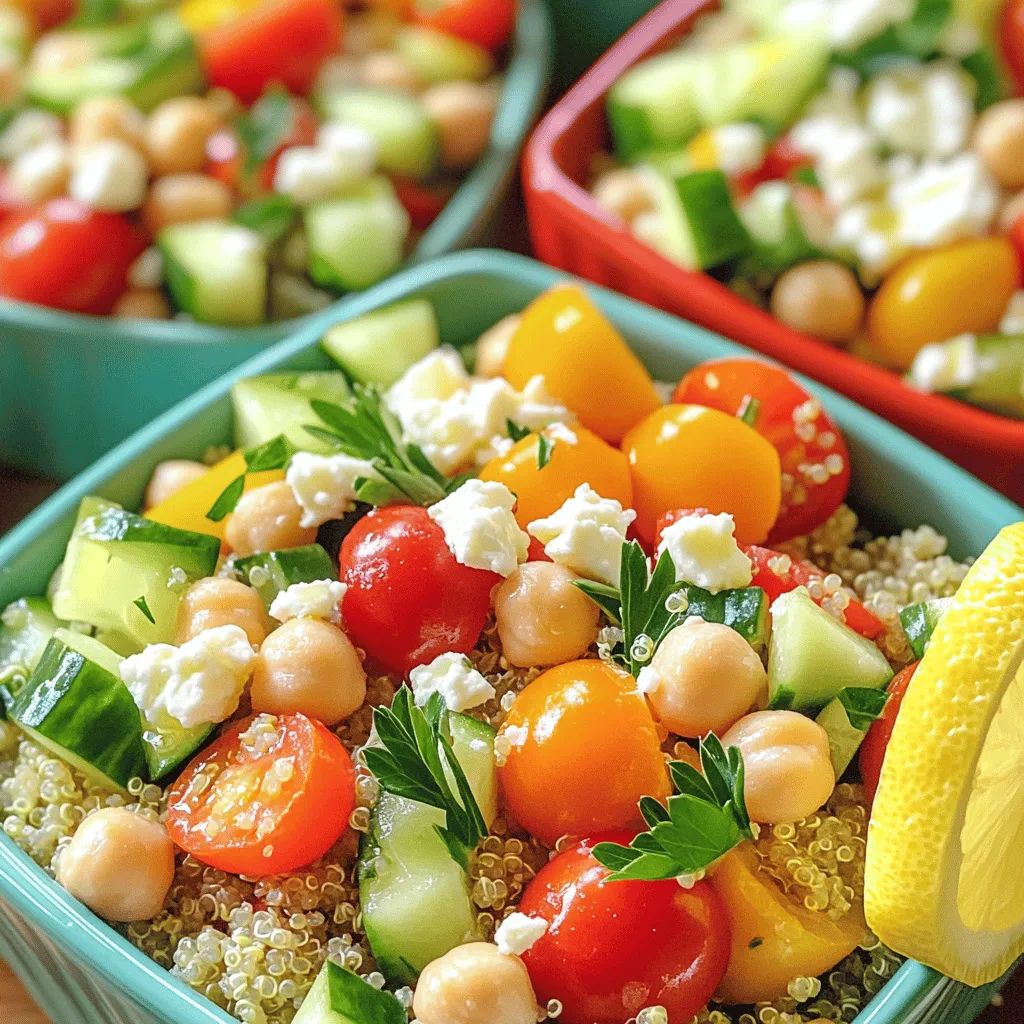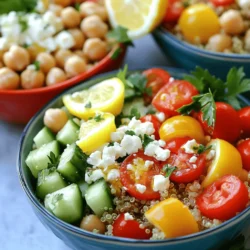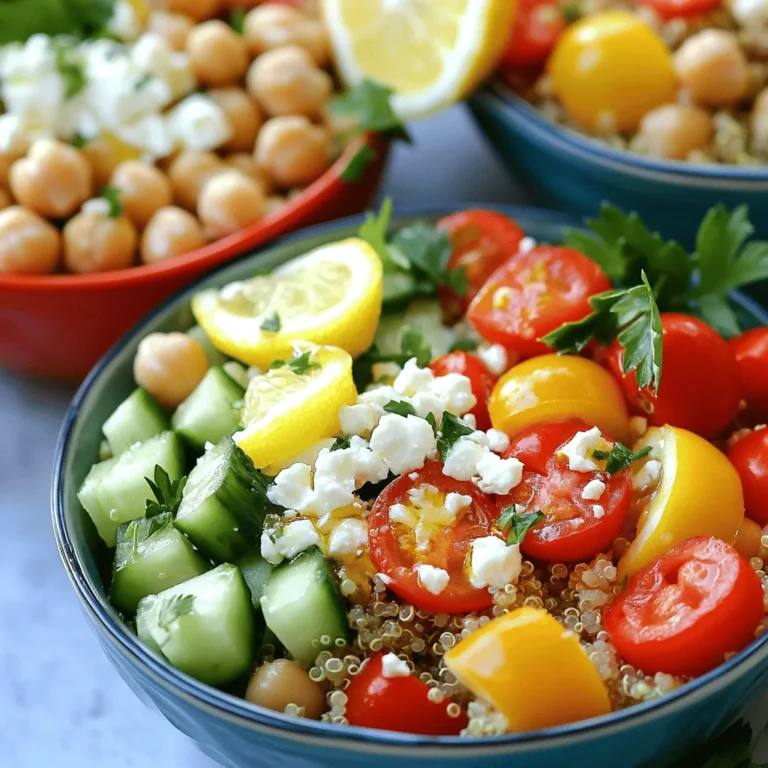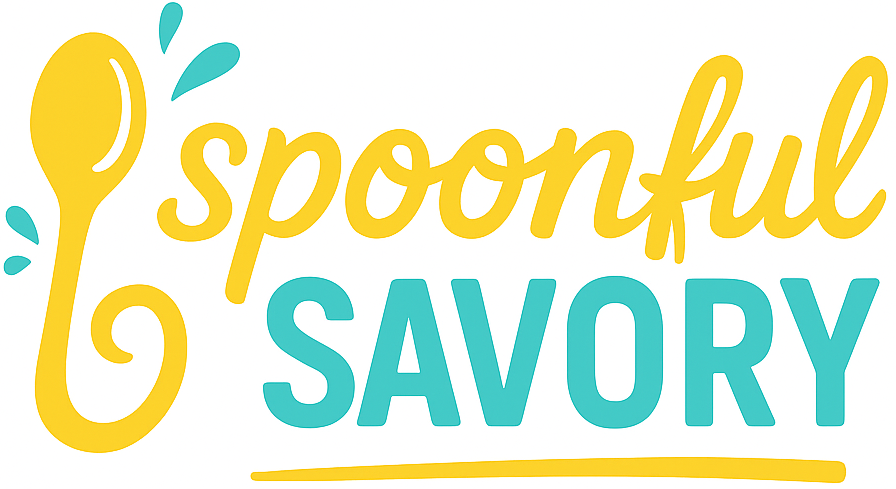Are you ready to make a meal that’s both tasty and good for you? Mediterranean grain bowls are packed with vibrant colors and flavors. You can mix grains, fresh veggies, and tasty proteins for a perfect bite. This guide will help you create a delicious bowl that fits your needs. Let’s dive in and explore how to make your own Mediterranean grain bowl that impresses every time!
Ingredients
Key Grains Options
Quinoa vs. Farro
Quinoa and farro are both great grains for your bowls. Quinoa cooks fast and is light. It has a nutty taste and is gluten-free. Farro is chewy and hearty. It is an ancient grain packed with fiber.
Nutritional Benefits
– Quinoa: High in protein and all nine amino acids.
– Farro: Rich in iron and magnesium, great for energy.
Fresh Vegetables
Cherry Tomatoes and Cucumber
Cherry tomatoes add sweetness and color. They are juicy and fun to eat. Cucumbers bring a cool crunch. They also add hydration to your meal.
Bell Peppers and Red Onion
Bell peppers come in many colors and add a sweet flavor. Red onion gives a sharp taste. Together, they enhance the dish with crunchy texture.
Proteins and Toppings
Chickpeas and Feta Cheese
Chickpeas are tasty and full of protein. They make the bowl filling. Feta cheese adds creaminess and a salty kick. It melts slightly when warm, making it delicious.
Kalamata Olives and Parsley
Kalamata olives bring a briny flavor that brightens each bite. Fresh parsley adds a pop of green and freshness. Together, they make the bowl colorful and full of flavor.
Step-by-Step Instructions
Cooking the Grains
To start, you need to cook your grains. First, bring 2 cups of water or vegetable broth to a boil in a medium pot. This adds flavor to the grains. Once the water is boiling, add 1 cup of rinsed quinoa or farro. Stir it briefly. Then, reduce the heat to a gentle simmer. Cover the pot and let it cook for 15-20 minutes. The grains should be tender and absorb all the liquid. After cooking, take the pot off the heat. Let it sit covered for 5 minutes. Fluff the grains with a fork.
Preparing the Vegetables
While the grains cook, it is time to chop your vegetables. Start with the cherry tomatoes. Cut them in half. Next, dice the cucumber and bell pepper into small pieces. Thinly slice the red onion for a nice crunch. In a large mixing bowl, combine all the chopped veggies. Add 1 can of drained chickpeas, 1/2 cup of Kalamata olives, 1/4 cup of chopped parsley, and 1/2 cup of crumbled feta cheese. Mixing these ingredients creates a colorful and fresh base for your bowl.
Making the Dressing
Now let’s make the dressing! In a small bowl, gather your ingredients. You will need 3 tablespoons of olive oil, 2 tablespoons of fresh lemon juice, and 1 teaspoon of dried oregano. Add a pinch of salt and pepper to taste. Whisk these together until they blend well. Tasting is key! Adjust the seasoning as needed to find the balance you enjoy.
Once your dressing is ready, it’s time to combine everything for a beautiful meal.
Tips & Tricks
Perfecting Your Mediterranean Grain Bowl
Fluffing grains is key. After cooking, let the grains sit for a few minutes. Use a fork to gently separate them. This step keeps them light and airy.
Choosing quality olive oil matters. Look for extra virgin olive oil for the best taste. It adds richness and depth to your dish. A good oil can elevate flavors in your grain bowl.
Enhancing Flavor
Adjusting seasoning to your taste is important. Start with salt and pepper, then taste. Add more until you reach your desired flavor. Remember, you can always add more, but you can’t take it away.
Adding spices for extra depth can make a big difference. Consider using cumin or smoked paprika. These spices add warmth and complexity. Experiment with different combinations for unique flavors each time.
Presentation Suggestions
Serving in vibrant dishes makes your grain bowl pop. Use colorful plates or bowls that highlight your meal. A beautiful presentation makes the dish more enjoyable.
Garnishes for visual appeal enhance your dish’s look. Fresh herbs, like parsley or mint, add color. A sprinkle of crumbled feta on top adds texture and taste. For a fun touch, add a lemon wedge on the side.Enjoy creating your perfect meal!

Variations
Protein Alternatives
You can easily switch up the protein in your Mediterranean grain bowl. Grilled chicken or shrimp adds a satisfying bite. These options cook quickly and pair well with fresh flavors. If you want a plant-based choice, try tofu or tempeh. Both soak up flavors and add a nice texture.
Vegetarian and Vegan Adaptations
For a vegetarian version, you can simply remove any dairy elements. Omit the feta cheese or replace it with a vegan alternative. This keeps the dish light and fresh. You can also add more vegetables for extra nutrients and color. Try adding roasted zucchini, spinach, or artichokes to boost flavor.
Dressing Variations
The dressing can change the whole dish. A lemon-tahini dressing offers a creamy, zesty touch. It’s easy to make and goes well with the grains and veggies. For a kick of heat, use a spicy harissa dressing. This adds depth and a punch of flavor, making your bowl even more exciting.
Storage Info
Storing Leftovers
You can store leftover Mediterranean grain bowls in the fridge. Use an airtight container for best results. Make sure the bowl cools down before sealing it. This helps keep the grains fresh. Leftovers can last for about three to four days. If you want to keep them longer, try freezing them. Divide the grain bowl into smaller portions. Use freezer-safe containers or bags. This makes it easy to grab a meal later.
Reheating Recommendations
When it comes to reheating, you have two main options: microwave or stovetop. The microwave is quick and easy. Just place the bowl in and heat for 1-2 minutes. Stir halfway to ensure even heat. The stovetop method helps preserve flavor. Warm a pan over low heat, add a splash of water, and stir until heated through. This keeps the grains from drying out.
Shelf Life
Grain bowls can last up to four days in the fridge. If you freeze them, they can stay good for about three months. Always check for signs of spoilage. Look for a change in color or smell. If the grains feel slimy or off, it’s best to throw them away. Enjoy your meals, but be smart about storage for safety!
FAQs
What is the best grain for Mediterranean grain bowls?
Quinoa and farro are both excellent choices. Quinoa is gluten-free and high in protein. It has a light, fluffy texture. Farro has a nutty flavor and chewy texture. Both grains offer unique tastes and benefits.
– Quinoa
– High in protein
– Gluten-free
– Cooks quickly
– Farro
– Chewy texture
– Rich in fiber
– Contains gluten
Choosing the right grain depends on your dietary needs and taste preference. Both add great nutrition to your bowl.
Can I make Mediterranean grain bowls ahead of time?
Yes, you can prepare these bowls in advance. This makes them perfect for meal prep. Cook the grains and chop the vegetables ahead of time. Store them separately in the fridge.
– Grain Storage
– Cooked grains last up to 5 days in the fridge.
– Veggie Storage
– Chopped veggies stay fresh for 3-4 days.
When you’re ready to eat, combine the grains, veggies, and dressing. This keeps everything fresh and tasty.
Is it healthy to eat grain bowls regularly?
Yes, grain bowls are very healthy. They provide balanced nutrition. You get fiber from grains and veggies. Protein from chickpeas and feta cheese boosts energy.
– Nutritional Benefits
– Supports digestion
– Aids in weight control
– Packed with vitamins
Eating grain bowls regularly can improve your overall health. They are versatile, so you can mix ingredients to keep meals interesting.
In this article, we explored how to create a tasty Mediterranean grain bowl. We discussed key grains like quinoa and farro, and their health perks. Fresh veggies like cherry tomatoes and cucumbers enhance flavor, while proteins like chickpeas and feta add nutrition. I shared simple steps for cooking grains, prepping veggies, and making a balanced dressing. Also, I included tips for perfecting your bowl and suggested fun variations.
Mediterranean grain bowls are not just healthy; they’re also versatile. Enjoy experimenting with flavors and textures!


